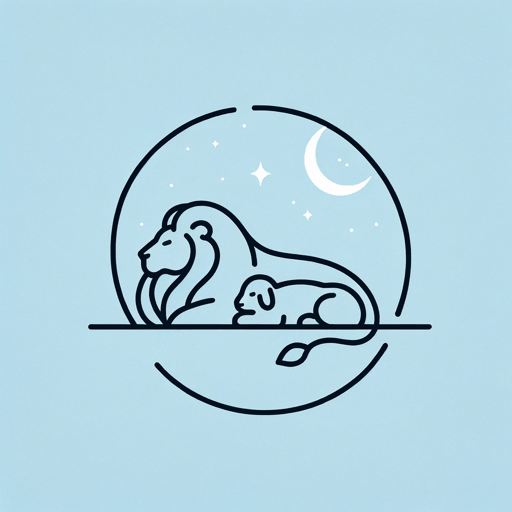18 pages • 36 minutes read
William BlakeNight
Fiction | Poem | Adult | Published in 1789A modern alternative to SparkNotes and CliffsNotes, SuperSummary offers high-quality Study Guides with detailed chapter summaries and analysis of major themes, characters, and more.
Symbols & Motifs
Lambs and Sheep
Lambs and sheep are some of the most religiously charged animals in Christianity. Metaphors identifying Christians as sheep appear as early as the New Testament, where Christ identified his relationship to humanity as a shepherd to sheep. Throughout most of history, shepherding was a lowly profession. Christ’s identification as the shepherd of humanity paints him as a meek and non-violent leader. This meekness reflects Blake’s emphasis on the meek inheriting the afterlife (See: Themes). At the same time, however, the shepherd is necessary to prevent the sheep from wandering from the flock, where “wolves and tigers howl for prey” (Line 25).
In early Christian belief, lambs and sheep were also commonly used in animal sacrifice rituals. These animals were preferred over others due to a belief that they are more innocent. This belief extends to Christ’s martyrdom. Christians refer to Christ as the “Lamb of God,” due to God’s sacrifice of Christ for the sake of humanity. In Blake’s poem, the lion connects the two by thinking on “Him who bore thy name” (Line 43) while lying with the lamb.
Related Titles
By William Blake
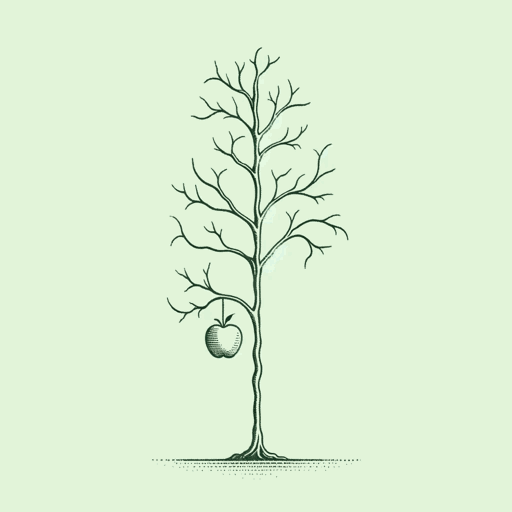
A Poison Tree
William Blake

Auguries of Innocence
William Blake
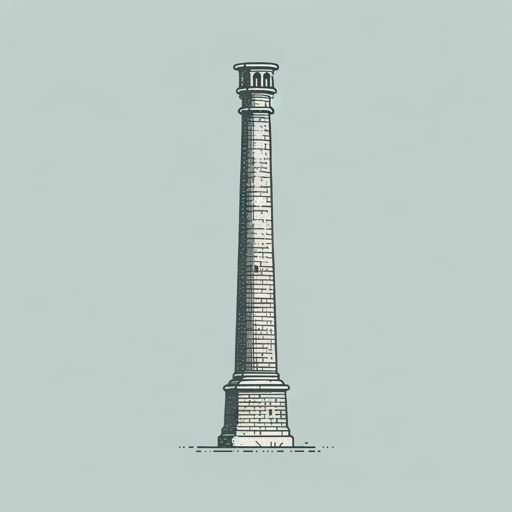
London
William Blake

Songs of Innocence and of Experience
William Blake
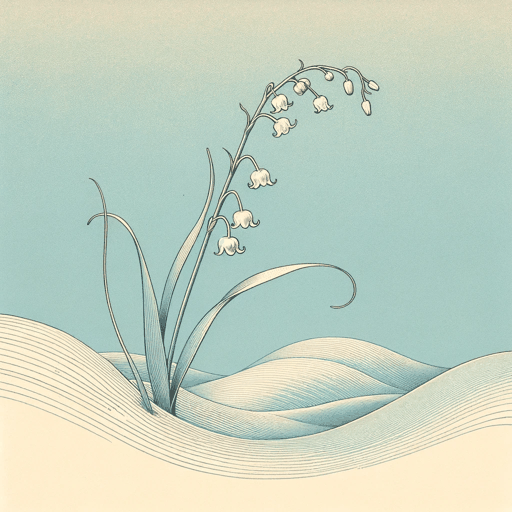
The Book of Thel
William Blake
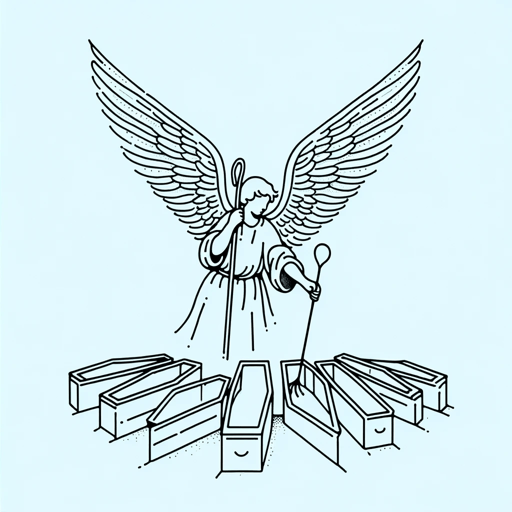
The Chimney Sweeper
William Blake

The Garden of Love
William Blake
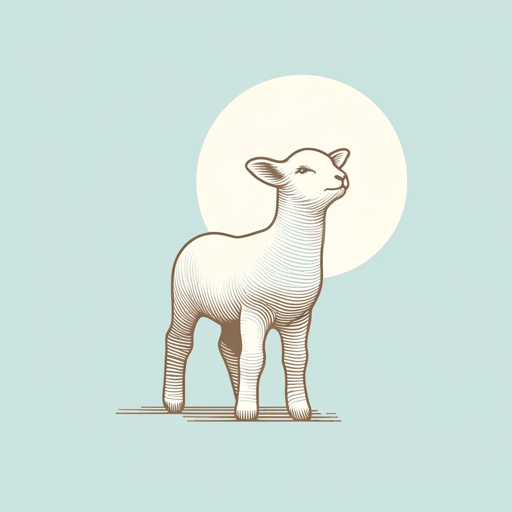
The Lamb
William Blake

The Little Boy Found
William Blake
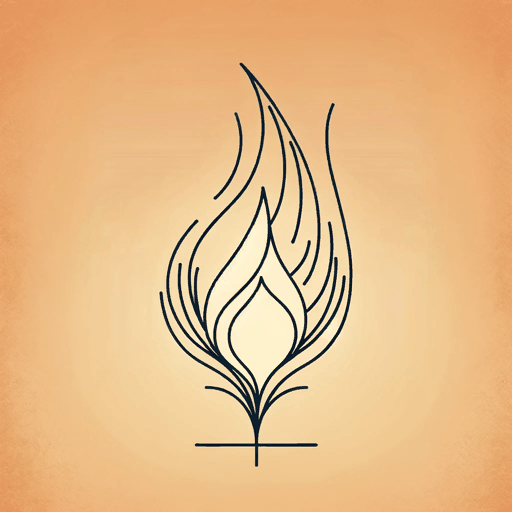
The Marriage of Heaven and Hell
William Blake

The Sick Rose
William Blake
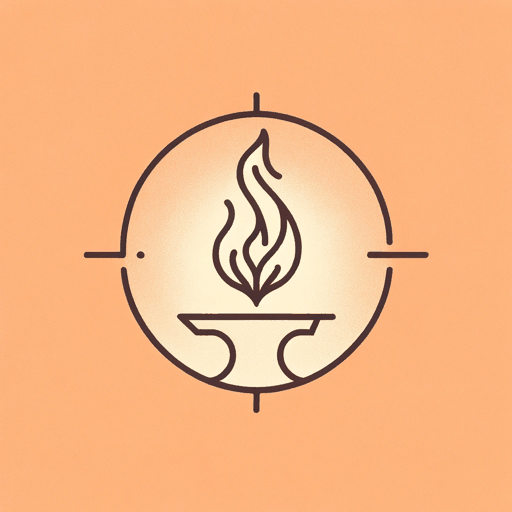
The Tyger
William Blake
